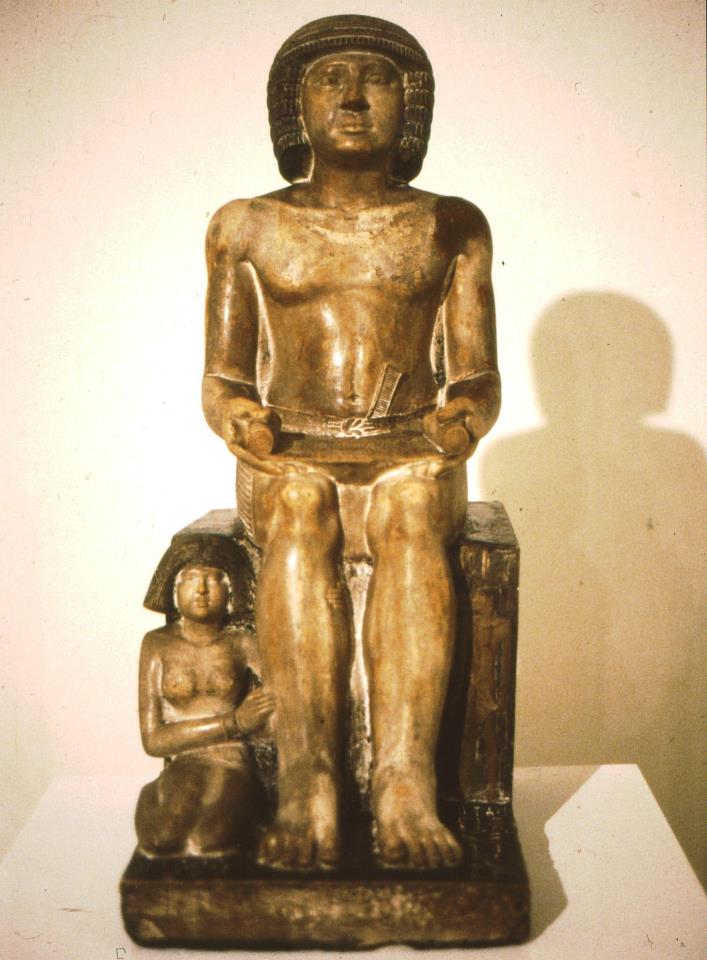British campaigners pledge to work hard for permanent export ban on the Egyptian Sekhemka statue.

The Sekhemka, the ancient Egyptian statue, can still be banned from leaving the United Kingdom permanently, the UK Culture Ministry told.

Last week, Ed Vaizey, the State Minister for Culture, Communications and Creative Industries in the Ministry, placed "a temporary export bar" on the statue which was sold to an overseas buyer last year.

The 4000-year old statue is considered by UK experts to be the finest example of its kind anywhere in the world.

Vaizey's decision on the export licence application for the statue will be deferred for a period ending on 29 July 2015.

The decision followed a recommendation by the Reviewing Committee on the Export of Works of Art and Objects of Cultural Interest (RCEWA), an independent body administered by the Arts Council England.

The RCEWA made its recommendation on the grounds that the statute "was of outstanding aesthetic importance."

The foreign buyer, who is widely believed to be from the Middle East, has applied for an export licence for the statue after he bought it for about £16 m in an auction organised by Christie's of London last July.

The Culture Ministry said that the only way to keep the statue in the UK permanently is to buy it from the foreign owner.

"If a UK buyer makes a matching offer to the current owner, and the owner rejects the offer, then the Secretary of State could decide to refuse to grant an export licence," a ministry spokesman told.

He refused to reveal the foreign buyer's identity for legal reasons.
The minister Vaizey can extend the current export till 29 March 2016. "If a serious intention to raise funds to purchase the statue is made at the recommended price of £15,732,600 plus VAT (value added tax), which could be reclaimed by an eligible institution."

According to the legal rules, any UK organisation or individual has the right to match the offer which should be coordinated with the RCEWA.

The RCEWA believes the statue was "of outstanding significance for the study of the development of private statuary and funerary religion in Egypt and the history of human self-representation."
They added that the statue, believed to be gifted by the Marquess of Northampton to Northampton Museum in 1870, was very closely connected with UK history and national life.

Northampton Borough Council argued they had to sell the statue, dating from 2400BC, to help fund a £14mn extension to Northampton Museum and Art Gallery.
The Save Sekhemka Action Group (SSAG) pledged to “actively work" to uphold the export ban.

Ruth Thomas, deputy chair of SSAG, said the group will use its contacts and “explore ways of how the statue can be kept in the UK."
Last year, the Group's campaign failed to convince some UK museums to help raise funds for the purchase of the statute in order not to be bought by a foreign buyer.

Egypt condemned the sale of the statue as an "an abuse to Egyptian archaeology and its cultural property."
The statue dates from the 5th dynasty and shows Sekhemka, a scribe, his wife, his son and offering bearers. Its height is 75cm, width 31.2cm and depth 44.1cm.

No comments:
Post a Comment
Note: Only a member of this blog may post a comment.